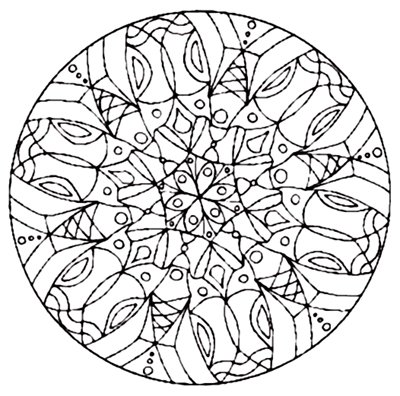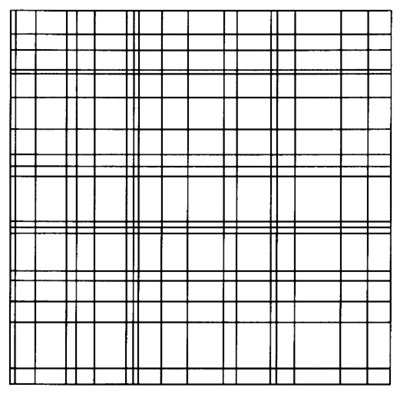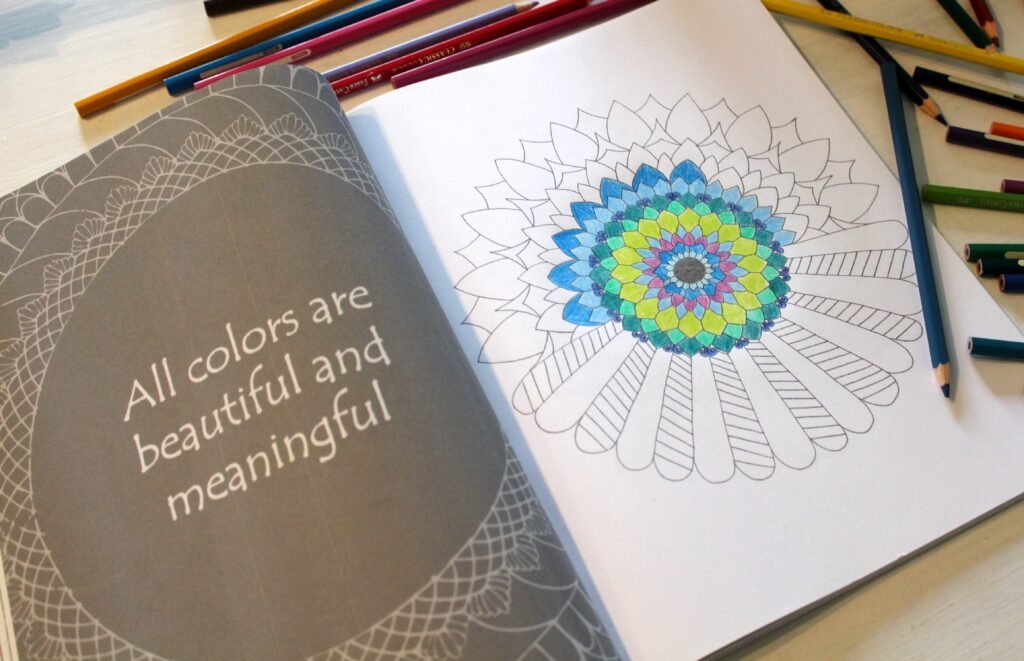It’s no secret that the popularity around the benefits of adult coloring books has increased in recent years. According to Google Trends, there was a spike in searches for “adult coloring books” in 2014. These searches have been high ever since.
So why have coloring books become so popular among adults? For many, coloring is a great way to relieve stress. Let’s face it, who doesn’t feel stressed from time to time?
Adult coloring books have emerged as a popular way to unwind. This is a result of us looking for ways to cope with the stress of our daily lives. Many of us have jumped at the chance to add coloring to our list of hobbies.
Amazon’s Bestseller lists are now filled with a variety of coloring books. This shows the intensity of their popularity. Yet, are there any real mental health benefits to coloring books, or is it all hype?
In this post, we will first explore the known benefits of adult coloring. Then we will go on to discover if there is any scientific evidence behind these claims. You’ll also see why coloring mandalas is even more effective than other forms of coloring.
Known benefits of adult coloring
1. Relaxes Your Brain and Improves Brain Function
Coloring is a way for your body to relax. The fact that you focus on a simple activity that is not goal-oriented, makes you feel less distressed. There’s no pressure to achieve anything, so your mind is at ease in the present moment.
Coloring uses both your creative and logical skills.

2. Induces Meditative State and Reduces stress and anxiety
Studies have found that the benefits of adult coloring can be very therapeutic. It puts you in a meditative state which is why it has similar benefits to regular meditation. This is especially true for coloring mandalas.
The main factor is focusing on repetitive shapes, forms, and intricate designs. It distracts you from negative thoughts. This helps your mind slow down and your anxiety levels drop.
3. Improves Motor Skills
Coloring complex designs and small shapes trigger your hand-eye coordination and motor skills. Same as crossword puzzles and brainteasers. Doctors recommend these activities as a way to delay things like dementia.
The Science Behind the Benefits of Adult Coloring
There have been several studies made to confirm the effect that adult coloring on anxiety and mental health in general. Most of these studies looked specifically at the effects of coloring mandalas. That’s because it has been widely viewed as having meditative qualities.
Initial Study: “Can Coloring Mandalas Reduce Anxiety?”
A study was published in 2005 in the Journal of the American Art Therapy Association. It explored whether coloring a mandala could reduce anxiety.
The two scientists who conducted the study were Curry and Kasser. They decided to test the effectiveness of art activities in the reduction of stress.
As they say in their paper, the experience of anxiety is very common in our societies. Anxiety levels have been increasing since the last half of the previous century. Thus, they found it necessary to study the ways in which we could reduce it.
There had been some studies done on this topic before this experiment. They proved the effectiveness of both meditation and art therapy in reducing stress. Yet we had no proof of the effects that coloring had on it.
There had been suggestions that coloring symmetrical forms helps reduce anxiety. The hypothesis was that coloring repetitive shapes makes you detach from your surroundings. This then leads you to go into a meditative state. The symmetry and repetition of shapes in mandalas was a perfect fit for this hypothesis. So they went on to test it.
The researchers took a group of 84 students and measured their anxiety levels at three different moments. At first, they measured it the moment the participants entered the room. Then they subjected them to an anxiety-inducing experience and measured their anxiety afterward. Finally, they had them color for 20 minutes and measured their anxiety levels after that.
The coloring was not the same for all participants. Some participants had to color mandalas, others had to color a plaid pattern. They gave the rest a blank paper on which they could color anything they wanted.


The anxiety-inducing experience caused an increase in stress levels.
They then measured the levels again after 20 minutes of coloring. They noticed that some participants had their anxiety levels lowered. It was the ones who had colored the mandala designs and those who colored the plaid designs. Their anxiety levels were as low as they were before the anxiety-inducing experiences.
Meanwhile, the participants who did free-form coloring saw no reduction in their anxiety levels.
This proves that coloring mandalas, or plaid designs, reduces the stress of individuals. This also gives credibility to the hypothesis mentioned earlier. Coloring symmetrical and repetitive shapes has a meditative quality. That is why it helps in reducing stress levels.
Further Studies on The Benefits of Adult Coloring
Further studies were made after that, all reaching almost the same conclusion. Some found that mandala designs were more effective than plaid designs. Other studies also found that coloring mandalas were effective on both state anxiety and trait anxiety. That was after only 30 minutes of coloring.
While coloring mandalas can reduce stress, it’s still not a substitute for therapy. A specific study showed that sessions with an art therapist had a wider range of effects on the general mood of the participants.
Dr. Stan Rodski is a consulting neuropsychologist and neuroscientist based in Australia. Some of his patients were having trouble achieving relaxation using traditional methods. Some executives and managers came to him because they were suffering from stress. They couldn’t get themselves to practice deep breathing and meditation to achieve mindfulness.
So Dr. Rodski got inspired by looking at children while they colored. He then thought why can’t adults also reach the same state of mind as the children do while coloring.
He later found out that his patients were able to reach some levels of mindfulness through coloring shapes and patterns. Dr. Rodski says that coloring these abstract forms is more effective than coloring figurative forms. His argument for that is that adults tend to judge and criticize themselves a lot while coloring shapes they know. That is why coloring mandalas and geometric shapes are more efficient.
Dr. Rodski goes on to say that they have measured the heart rate and brainwaves of adults during coloring. The results were “amazing”, as they saw changes in heart rate and in brainwaves.
Conclusion
The therapeutic benefits of adult coloring are clear. We’ve seen that science approves of this idea.
The question that follows would be how to take advantage of these benefits.
For me, it has been very helpful to integrate coloring mandalas into my daily life. It helps me reach a level of mindfulness that I otherwise struggle to achieve on my own.
Coloring the repetitive shapes and patterns makes my mind wander off and relax, as it anticipates the colors to be used. This anticipation reduces the pressure of having to decide what colors to choose for every shape.
I recommend that you get yourself an adult coloring book, and some colored pencils, and try coloring it yourself. This, apparently, is a great way to relieve stress and get rid of negative emotions.
Most importantly, make sure you don’t criticize yourself while coloring.
There’s no right way to color. There’s no wrong way to color.

